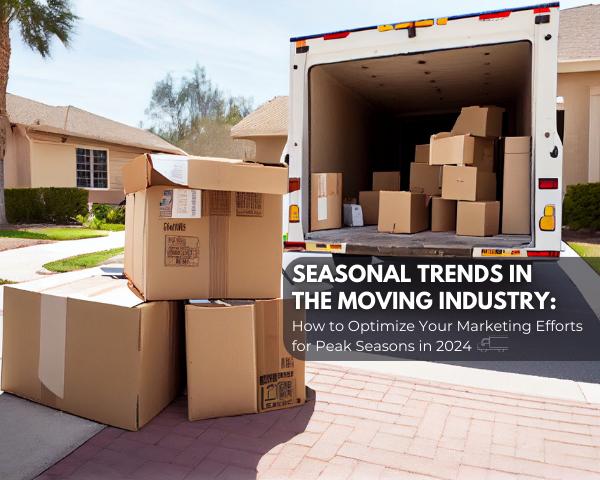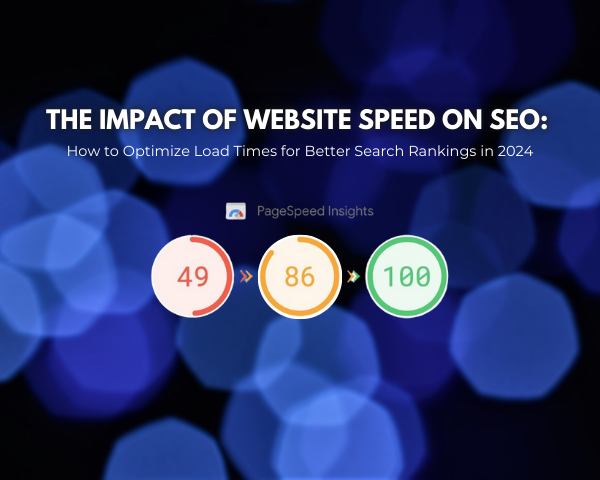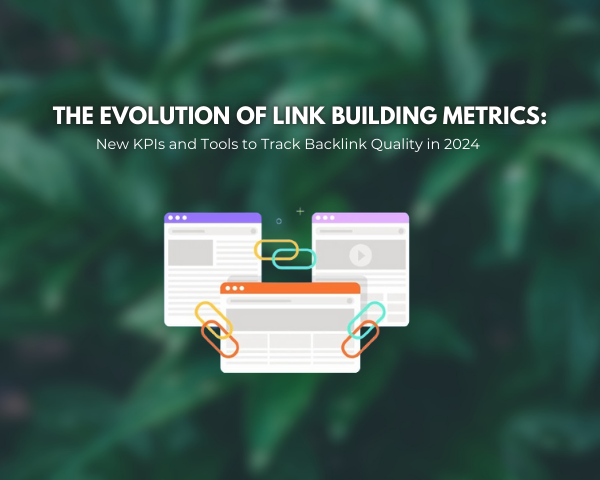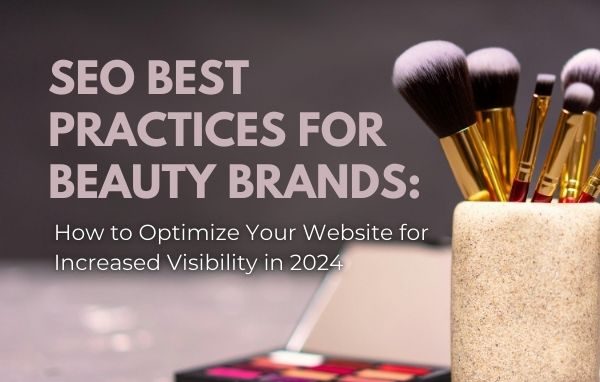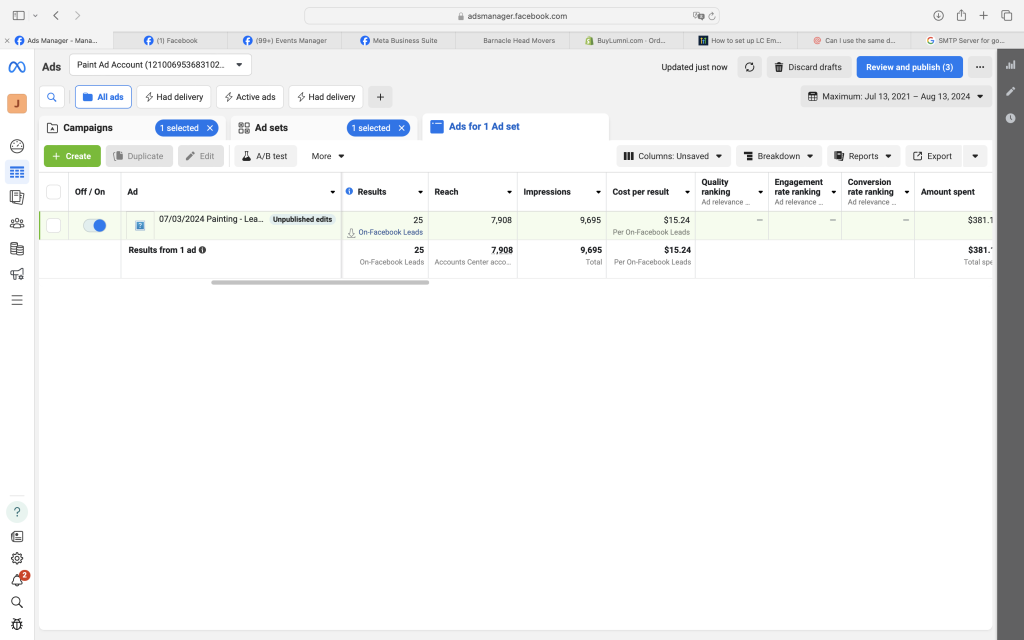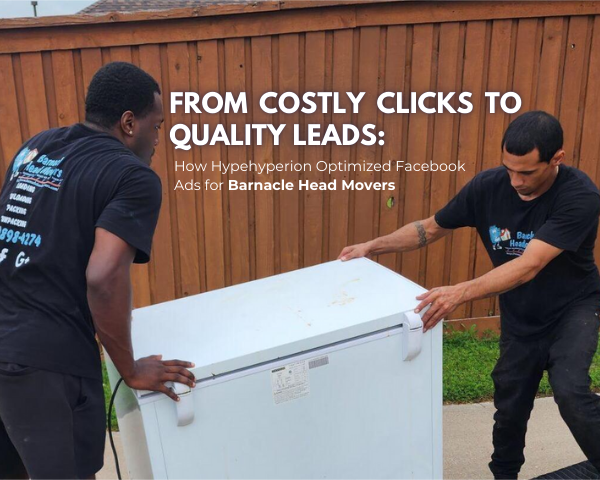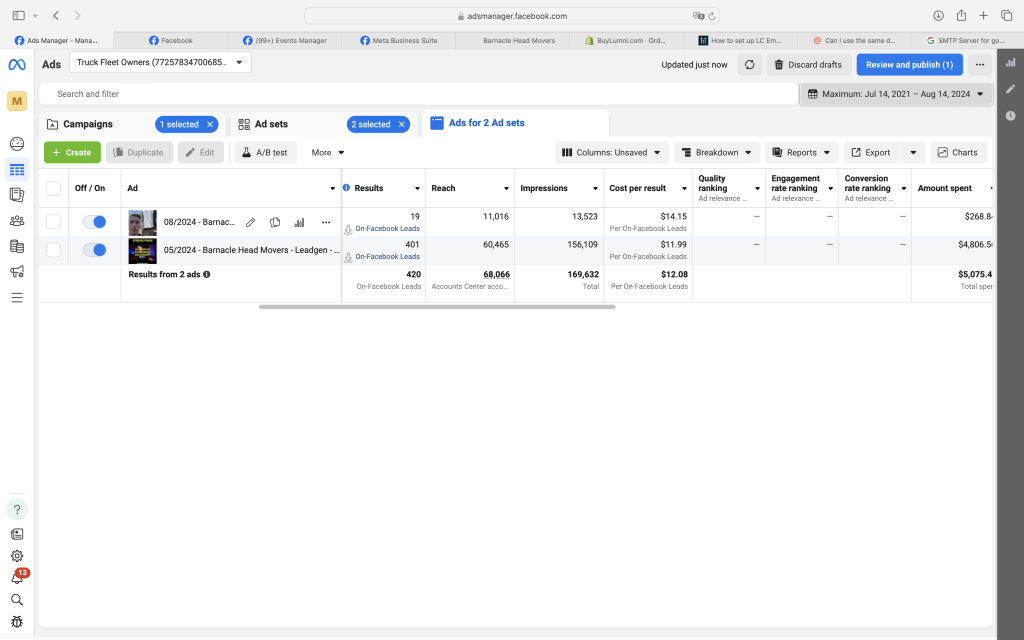Optimizing Marketing for Moving Industry Seasonal Trends
Seasonal trends significantly impact the moving industry, influencing everything from demand to pricing. For moving companies, understanding these trends is crucial to optimizing marketing efforts and maximizing profitability during peak seasons. By aligning marketing strategies with seasonal fluctuations, businesses can attract more customers, increase their visibility, and enhance their competitive edge. This article explores the key seasonal trends in the moving industry for 2024 and provides actionable insights on how to tailor your marketing efforts to capitalize on these opportunities.
Seasonal Trends in the Moving Industry Research
1. Peak Moving Season: The Summer Surge
The summer months, particularly from May to September, represent the peak moving season. During this time, families prefer to move to avoid disrupting the school year, college students relocate, and the warmer weather makes the moving process more manageable. According to industry statistics, approximately 60% of all moves occur during these months, making it a critical period for moving companies to maximize their marketing efforts.
To capitalize on this summer surge, moving companies should focus on increasing their advertising spend, optimizing their online presence, and running targeted campaigns to attract potential customers. This can involve highlighting special offers, discounts, or packages tailored for families and students.
2. Off-Peak Moving Season: Winter Slowdown
Conversely, the winter months, from November to March, typically see a decrease in moving activity. Cold weather, holiday seasons, and potential disruptions make this a less desirable time for most people to move. However, this off-peak period presents unique opportunities for moving companies to optimize their operations and marketing strategies.
To attract customers during the winter slowdown, companies can offer discounted rates, promote specialized winter moving services, or emphasize the benefits of moving during this less crowded time. Additionally, focusing on local moves or targeting businesses that may need to relocate during the off-season can help maintain a steady stream of clients.
3. Spring and Fall: Transition Periods
Spring and fall serve as transitional periods in the moving industry. While not as busy as summer, these seasons still see a moderate level of activity, with people preparing to move before or after the peak season. These times are ideal for businesses to fine-tune their marketing strategies and prepare for the upcoming surge.
During the spring and fall, moving companies can focus on building brand awareness, nurturing leads, and engaging with customers through content marketing, social media, and email campaigns. Emphasizing services that cater to those preparing to move in the summer or looking to settle before the winter can help capture these transitional movers.
Marketing Strategies to Optimize for Peak Seasons
1. Leverage Data Analytics for Targeted Campaigns
Understanding your target audience and their behavior is essential for optimizing marketing efforts. By leveraging data analytics, moving companies can gain insights into customer demographics, preferences, and purchasing behavior. This information can be used to create targeted marketing campaigns that resonate with specific segments of the audience.
For example, targeting college students with special discounts or advertising family-friendly moving packages during the summer can significantly improve conversion rates. Data-driven marketing allows companies to allocate their resources more effectively and achieve better results.
2. Social Media Marketing
Social media platforms like Facebook, Instagram, and Twitter offer powerful tools for reaching potential customers. During peak moving seasons, moving companies can use social media to run targeted ads, promote special offers, and engage with their audience. Sharing customer testimonials, success stories, and moving tips can also help build trust and credibility.
Utilizing platforms such as Facebook’s targeted advertising can help businesses reach specific demographics, such as families with young children or college students. Additionally, engaging with followers through interactive content like polls, quizzes, or contests can increase brand awareness and attract new customers.
3. Optimize Your Website for SEO
Search engine optimization (SEO) plays a crucial role in attracting organic traffic to your website. By optimizing your website for relevant keywords related to moving services, you can increase your visibility in search engine results and attract potential customers during peak moving seasons.
Focus on keywords such as “moving companies near me,” “affordable movers,” and “best moving services,” and incorporate them naturally into your website content, blog posts, and meta descriptions. Additionally, creating valuable content, such as moving checklists, packing guides, and relocation tips, can help establish your company as an authority in the industry and drive more traffic to your site.
4. Email Marketing for Customer Retention
Email marketing is an effective tool for nurturing leads and retaining existing customers. During peak moving seasons, sending targeted emails with special offers, reminders, and helpful tips can encourage past customers to use your services again or refer you to friends and family.
Segment your email list based on customer behavior and preferences, and tailor your messages to meet their specific needs. Personalized emails that address the customer by name and provide relevant information are more likely to be opened and acted upon.
5. Partner with Real Estate Agents and Property Managers
Building partnerships with real estate agents and property managers can be a valuable strategy for generating leads and referrals. These professionals are often the first point of contact for individuals planning to move, making them a valuable resource for moving companies.
Offer referral incentives or collaborate on joint marketing initiatives to create mutually beneficial relationships. Providing real estate agents and property managers with marketing materials, such as brochures or business cards, can also help increase brand visibility and attract new customers.
Preparing for the Next Moving Season
Optimizing your marketing efforts for the moving industry’s seasonal trends is key to staying competitive and maximizing profitability. By understanding the unique challenges and opportunities presented by each season, moving companies can tailor their strategies to attract more customers, improve brand visibility, and enhance their overall success.
Implementing data-driven marketing campaigns, leveraging social media, optimizing your website for SEO, and building strategic partnerships are all effective ways to capitalize on seasonal trends. As the moving industry continues to evolve, staying agile and adapting to changing market conditions will be essential for long-term growth and success. By following these strategies, your moving company can navigate the seasonal fluctuations and thrive in the dynamic landscape of 2024 and beyond.
